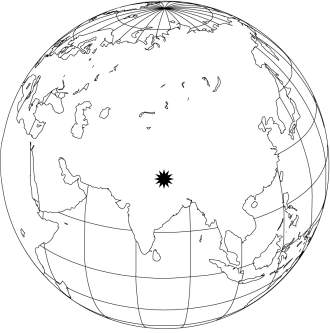The distribution of wolves in Nepal is not certain however there have been different direct observations and sightings in different areas. Currently it is widely recognised that Nepal has an unknown population of wolves (Canis lupus) with no baseline information on their status, behaviour, population estimates and range. There is also the possibility that the wolves found in Nepal could be a distinct species of Himalayan wolf (Canis himalayansis) rather than being a sub species of the grey wolf. Even the possibility of both species existing in the country cannot be totally ruled out since not a single study has been dedicated to explore and assess the status or ecology of this rare canid species in the country. It could be concluded from the interaction with people from different parts of Nepal that the poisoning of carcasses as a part of retaliatory actions by villagers has led to a sudden decrease in their number. No concrete conservation initiatives can be efficiently executed as long as we do not have, at least, a crude data on their relative abundance and ecology. Moreover, the relation with humans is also an interesting aspect of the species that has to be documented to get an idea regarding their current conservation status, threats to them and relevant conservation interventions.
The funding the Trust has provided in March 2011 will allow the initial collection of data to hopefully fill in some of the gaps in our knowledge of the wolf in Nepal.
The initial objectives of the study are to:
• Assess the status of grey wolf in the proposed study area and
• Identify, document the prevalent threats to the wolves
• Document the ethno-wolf relation in the area
Fact file

Project managed by: Raju Acharya and Yadav Ghimirey from Friends of Nature in Kathmandu, Nepal
UKWCT donations: £5,850 since 2011
The UKWCT's funding will be used to find initial data regarding Nepal's wolf population.